The STORYFlow Method for Email with Holly C. Williams
Today is very special because I have a guest. With the series we have been tackling on email marketing, I wanted to bring in Holly Williams, who is an expert in this field.
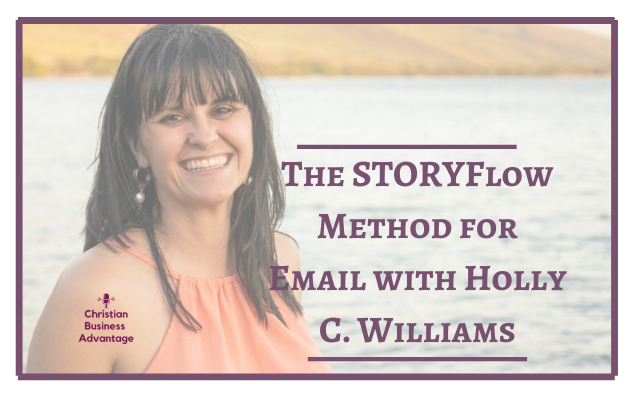
Holly and I have been working together for a while. I have been her VA, and she is going to be helping me with some of my email marketing, so I wanted to have her give us some insight into her StoryFLOW Method.
Holly is an email strategist and conversion copywriter for purpose driven entrepreneurs and online businesses. She specializes in creating brand connections through email marketing and believes that customer conversations lead to higher conversions, which is what we all want.
Holly also loves to help simplify email marketing for business owners using her StoryFLOW Method. She teaches individuals how to take ANY story from their daily life and turn it into a high converting sales email.
Holly lives in Southern Alberta with her 3 children. An award winning novelist and former television producer, Holly brings a unique perspective of storytelling to brand selling. You can find her at www.hollycwilliams.com
Alyssa: Fun fact, I didn’t know you were a television producer.
Former Television Producer
Holly: Yeah, I used to work in Christian television as a television producer and an editor. I did a lot of different jobs there. But this audience is very near and dear to my heart because authors, speakers, and coaches are people I love to work with. Being an author myself is how I came to be a conversion copywriter. I wrote an award winning novel, and it came with a whole publishing contract. I needed to figure out how to market my book. I took a marketing course, and then I found myself in a lot of conversations with people online, helping them tweak their website page or choose the right words for their email. So that’s how I came into it, and it’s one of my favorite things to do. I love it. I love helping people take the message or idea they have crafted so well and find a way to really communicate it effectively through email and bite size selling.
Copywriting
Alyssa: It is different. I’m an author as well, and that is how I ended up working with authors. I wanted to learn as much as I could. I started out by ghostwriting, and I did that for about three years, and then I started delving into other areas as I learned more. But copywriting is so much different than writing a book.
Holly: Yeah, it is because if you want to be really good at copywriting, you need to be really good at data and research. Your creativity is kind of like the whip cream on top of the sundae. But when you’re copywriting, it involves a lot of data, research, and sciencing and formulating of words. It’s about bringing all of those things together really well in a way that will connect with your audience. That’s when you’re working with really high level conversion things.
What I was starting to find, and how I developed my StoryFLOW Method, is that I would get into a room with people and start talking about some copywriting concepts, and I could see their eyes begin to glaze over. They would be very excited and could see how it would help their page or website have higher conversions, but they knew they didn’t have the time or capacity for that.
Creating my StoryFLOW Method
I knew I had to start thinking of a way to communicate the values of how to do a sales message pretty quickly, pretty easily, and in a way that felt really natural. Because most people don’t like selling. There is so much marketing messaging even now of “you don’t have to do icky sales” and “don’t be the sleazy salesman.” So if I can show you a way to be authentic with your selling, then it will flow naturally, and you will get excited about it. Then that excitement will be transmitted to the customers and leads on the other end, and they’ll feel really excited to engage with your product.
Alyssa: Absolutely. I know a little bit about your StoryFLOW Method, but I would love for you to share a little bit about it with us today. I know there is not enough time to share all of it with us today, which is why you offer a class, but tell us the short version. So, what is the StoryFLOW Method?
Micro Conversions
Holly: First, I want to break down a concept that is really important to understand micro conversions. The reason we are selling through our emails, the reason we are sending messages week after week, sometimes multiple times a week, is for the micro conversion.
5 Stages of Awareness
There are five stages of awareness you want to take people through. Typically, it is unaware, problem aware, solution aware, product aware and most aware that becomes buyer ready. To actually go through those five stages, there are actually quite a few steps.
You can take someone through that completely on a sales page or in one email. But the bigger your offer is and the bigger your coaching number is, the bigger the investment of money you’re going to have to make a lot more micro conversions to get them to commit to buying from you.
Part of understanding that, is that it helps take away the pressure, that you have to make one email do this incredibly high performing trapeze act. First, give yourself permission to master the micro conversion. Once you start to do that, you start to build up this muscle that will very easily teach you how to take people through those five steps in just one email.
My StoryFLOW Method
To go through my StoryFLOW Method, it’s just as it says. First we go through the story, then we go through the FLOW acronym.
F- is for Feeling. We want to identify the emotion that we want our reader or customer to feel at the end of the email. They could be inspired to take action, determined to move their lives forward. We just want to identify the emotion that we want them to have.
L- is for Learn. What do we want them to learn from this email? Typically, that is going to be about your offer. What do you have available for them?
O- is their Option or decision point. A lot of people feel really icky about sales. But the truth is, most people are afraid of being manipulative. They don’t want to manipulate people. The difference is, manipulation is not persuasion. Persuasion is the ability to bring someone to a decision point. That’s really the kindest thing you can do for your readers, for your audience, and for your future customers. Get them off the fence; let their yes be yes and their no be no. Bring that to them, so they can either decide, Yes, I’m going forward, or No, I’m not. That’s the job of persuasion.
W – is to WOW them. There are lots of ways we can do that. You can add in colorful emojis, nice email formatting. There are lots of little ways you can add that wow. It’s like the sprinkles on the top of the sundae that you’re creating with the email.
Your Offer
I’d love to give you an example. It’s actually very easy, you can take any story from your life. So, Alyssa, what is your current offer?
Alyssa: My main offer right now is to help Christian authors, speakers, and coaches start an email list. So many of them have authored a book, and then they go to their publisher or are self published and they are trying to find ways to market their book.
Having an email list, which is something that you own versus your social media, is so important. But many of them don’t realize how many moving parts there are to having an email list. You need things like a lead magnet, an email service provider, a nurture sequence, a landing page, and a thank you page, and all of those things need to work together.
I’ve had a lot of people come to me recently for free consultations, and they were looking for help with creating an email list. So I created a done for you solution to help them build an email list.
I just created that package. I have been working as an hourly VA for a long time, and I’m trying to move into more packages that are done for you and provide solutions that authors, speakers, and coaches are looking for.
Holly: That’s great, these are some really solid packages that you have for people. Before I go into the StoryFLOW Method, I want to touch on something really powerful you just said. You stated that many people are leaving it up to social media. There are a lot of people who hide behind that for a while, and I want to just tell you three reasons why you don’t want to do that.
- You don’t own the list of names. If Instagram disappeared, all of those people who see you would disappear, and you would have to start from scratch and rebuild getting in front of them.
- You only get in front of 20-30% of the people who are actually following you. With an email list, you will show up in their inbox. It may show up in the promotions tab, but they are seeing your name, and they’ll be seeing it consistently every time you send out an email, and that has way more power than the social media algorithm.
- On social media, you are not able to segment your audience or what you show them. This is where you really make money with your email list is when you can segment people. For example, let’s say you have a service, but then you have a start up course on how to get your email up and going, and maybe someone is working with you as a VA. You wouldn’t want to send the VA message to people who are just not interested in that. They would jump off your list because they would think, Oh, this lady is talking about nothing I care about. But you actually have something they are interested in, so when you send a targeted, segmented message to a group of people, that’s where the power of email marketing really comes into play for you to make money from your list. Social media is a stepping stone and should be what funnels people to your email list.
StoryFLOW Method Example
So you told me about your offer; now tell me a story. It can be any story about your life.
Alyssa: I have been talking about this a lot lately. This is my new office. I have been a work from home or at home mom for 16 years this October, and I just got my own space. When I started my business in 2007, I had a baby and a toddler. My oldest may have been pre-school age, but he was very young, and then I found out I was expecting my third child when my daughter was only 8 months old. So then I had a baby, a toddler, and a preschooler.
As time went on, I worked from the living room where I could be with them actively; I worked from a little closet, which I called my “cloffice” and then COVID hit in 2020 and my family was home for months on end, so I took it to my bedroom because I needed a door that I could close. Recently, I found a building that was already completely finished on the inside, kind of like a “She Shed.” It had electricity, drywall, paint, and floors. I purchased it from a lady who had it secondhand. I still don’t have electricity set up, and I’m currently using drop chords. The electric company was supposed to come today, but it is 3:40 and I still haven’t seen them, so I don’t know if they are actually going to show up, but I have still enjoyed the building for a week now as it is.
Holly: Well, that’s amazing. Okay, so this is a really incredible story, and it’s rich with a lot of details. This is the whole point of the StoryFLOW Method. Your story can be about anything, it can be about folding your laundry, a really significant trip you took, or this very item that is happening in your life right now.
**Warning: I am doing this off the top of my head, and of course, if we were writing an email, this would be flushed out a little more.
What I can identify is that there is really some excitement about this new space. So that is the emotion we are going to go for when we book a call for you. I would start the story, and our authors are going to love this. We are going to drop the story right in the middle of the action. I would start with something like, “I just can’t believe this is real. I have to pinch myself. I’m standing in my brand new office after 17 years of working from my living room, bedroom, and any space available in my house. I finally have my own space, a place to call my own. This now allows me to have a greater impact on people, grow my business, and work with more people. This is the exact same way I feel about email marketing. Because maybe you’re all over the place like I was. Maybe you’re on Instagram [like the bedroom] or you’re on Facebook [like your cloffice]. But once you finally have a space of your own, it actually allows you to grow your business, work with more people, and have a greater impact. I love to help people set up email marketing. So work with me today!”
So then you can see how that email transitioned very powerfully from the story, which first of all communicates a lot about who you are, where you are, and the expertise that you have. You’re a person who has been in this business a long time; you’ve grown your business to a place where you can actually buy something, so obviously you know what you’re doing. It tells people a little bit of the journey and gets them to this point of excitement with you. Then you’re able to take that excitement and transition it with just a question, or in this case, a statement. “I feel this exact same way about email marketing.” So now you’re comparing the two stories and you’re bringing this idea of, Have you ever felt this way? or maybe you have been sitting in the [cloffice] Instagram and you’ve been all over the place. Isn’t it time you came home? Isn’t it time you had your own space? If you’ve been thinking about email marketing, you want to work with me.
So we’ve gone through the complete FLOW process. We gave them some very powerful feelings, we gave them something to learn about, and we brought them to a decision point, which is, “If you’re ready to start work with me.” So you have a really strong call to action, and then the WOW can be a picture of your office or some emojis in there on those three points that are repeated. So in that email example I gave you, you were like, “Now that I have my own space, I can grow more, have greater impact, and serve more people.” So now, when you get to the bottom of that email, where we are talking about your potential client, we gave them the exact same reasons. So once they get their email list, they can grow, have a greater impact, and serve more people. So, it’s just that little bit of rhythm to it. Of course, I go into more detail of how to make all the rhythms happen in my course.
You can see that with this very simple method, if you have a story, you can communicate, sell, and transition what you are trying to do if you can just attach to the emotion that you are trying to have.
Mindset
Alyssa: I love that. Because I always said I could see myself doing that a lot. For instance, when I have conversations with people, I can see myself relating to what they are talking about, and I sometimes have to make myself quiet because I keep thinking. I need to listen to them and not think about my own story. But I really like stories for that reason, and I did that when I was writing books. I was telling my own story and how they can accomplish x, y, and z.
Holly: It makes a little easy mindshift for everybody. Because not everybody feels they can say the statement boldly, I like to sell. But most people can say pretty boldly, I have a story to tell you. Sit down; I’ve got to tell you this. Something happened to me; I’ve got to tell you this. So that can be a great mindset shift for people. They don’t have to feel like they are great at selling, but they can feel totally confident that they can tell a really good story and make it connect to the thing that you want most. And really, that’s what we do as people who are in business. We actually really care about the people we want to serve and want to solve their problems. So by telling a story that can show them how deeply we care, I think most people can get behind that idea.
Alyssa: Absolutely, I think so, and I think it will help anyone, not just Christian authors, speakers, and coaches. It will help anyone to see how different email can be from when you’re sitting staring at a screen thinking, How am I supposed to write this email? It gives you a starting point.
Holly: Yeah, exactly, and you know, with ChatGPT now, there is so much you can do. It’s machine learning and very predictive of language, so when you can learn how to prompt it properly, (which again is something I go over in my course), you really start to develop this voice and train it to talk like you.
What’s really great is that I just took a story this morning that I had written and said, “Hey, I need this similar story told, but about this anecdote. It spit out something that was decent. It was perfect, I wouldn’t hit publish on it, but it’s that quick first draft. So for a lot of people who are sitting there staring at the blank page or totally afraid of writing anything, you can go to ChatGPT, and as you train it to understand your voice, all of a sudden you can have this first draft that you can easily go in and edit and make it say what you want it to say. This speeds up the process and also unlocks a lot of creativity.
A lot of people feel really afraid of machine learning because they feel like, “Oh, it’s just going to take over everything and ruin creativity.” But it actually inspires creativity. Once you start using it, you start to say, “What about this idea and that idea?” Especially as you start to ask it more questions. For example, for this offer that you have where you’ll work with people setting up their email marketing, you can say, “This is what I’m doing; tell me what the objections to being part of this would be,” and it will give you ten objections. So then right there, you’ve got copy to write and Instagram lives to talk about, where you discuss how people can get over those hurdles to work with you. It’s a really practical tool that will give you a lot of inspiration. You do need to learn how to use it a little bit, but once you do, it really is your assistant.
Alyssa: I agree. I’ve played with it some, and I’m learning more and more about it because, like you said, the more you train it to be your voice, the better it will work for you.
Holly: Here is one practical prompt you can give ChatGPT. When giving prompts, it is really important to give it a job and tell it what job it is doing. So, I would say, first, you are an expert copywriter; your first job is to analyze this piece of text and identify the voice tones, speech tone, and cadence, and then feed it something you’ve written that you are proud of, something in your business. ChatGPT will analyze it and say, This has a lot of empathy; this is a strong voice; this is a timid voice. It will tell you, so you can adjust your writing. It will also give you your cadence, which is great to know because when you ask it to write, you can tell it to write in the same cadence.
When you’re prompting it, it will analyze what you’re doing, and you can say, “Now that you know my brand voice, write a product description using my brand voice.” Many times I find it to be too long, so I will prompt it to shrink it down, tighter sentences, rewrite it shorter and more succinctly, and then you get really clear messaging as you go along.
Alyssa: That is super neat, because I’ve tried to learn more about it, and I have noticed the more you use it, the more it learns about you and your style and branding. I have watched several videos where they show you prompts to give and how to use ChatGPT.
Holly: That’s incredible. People are going to build entire businesses off of it. It’s a great tool, to make you better and to make you work better.
If you’re interested in joining Holly’s email list and receiving a document about the story flow method, then visit: www.hollycwilliams.com
You can also follow Holly on Instagram for daily tips on how to create high converting emails.
STAY CONNECTED
I have a Facebook group for Christian authors, speakers, and coaches. It’s called The Christian Business Advantage, and each month I do a FREE training around middle Wednesday each month. Please come join our group, and you will learn tips and tricks for your business.
This post contains affiliate links, meaning I get a commission if you choose to purchase through one of my links at no additional cost to you

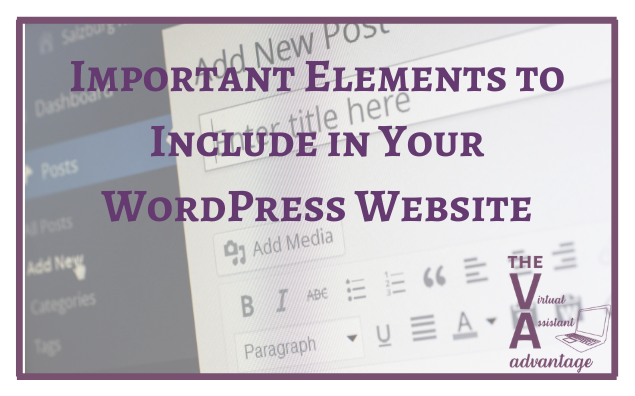
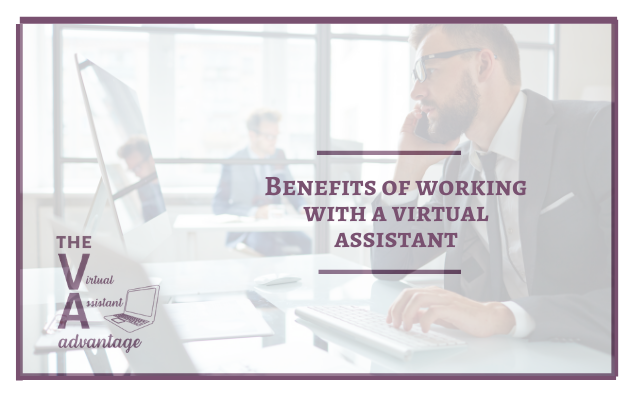

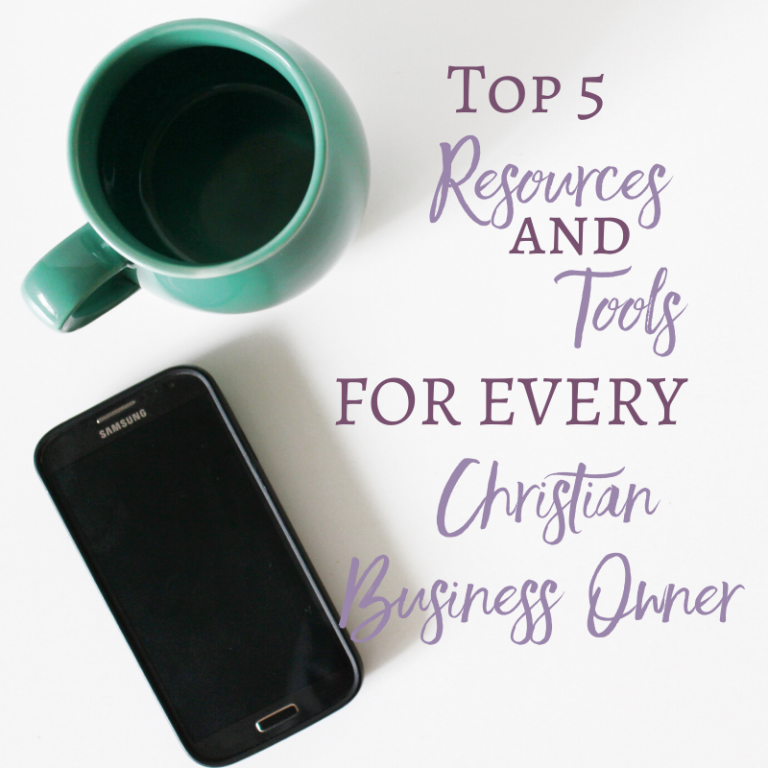

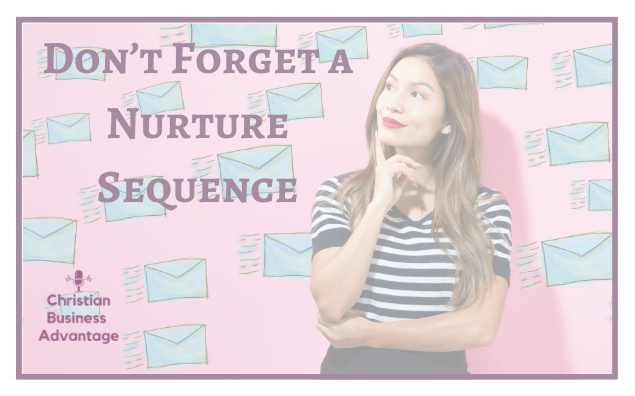
One Comment